Ambler Road and the Destruction of Arctic Wilderness
"The only words I had to say were simple after all — and only what this land has taught me. There is nothing worse they could do: for our land, for the caribou, for the people here, for our subsistence lifestyle; for our nation, and our world. Tearing up the natural world and polluting it for money is not working. We all know that. At this point, every creature on earth has been made aware." - Seth Kantner
My first experience in the Arctic of Alaska was serving as the artist-in-residence for Gates of the Arctic National Park & Preserve. As the second-largest national park in the United States, it is also unique in its Purpose Statement: "The purpose of Gates of the Arctic National Park and Preserve is to preserve the vast, wild, undeveloped character and environmental integrity of Alaska's central Brooks Range and to provide opportunities for wilderness recreation and traditional uses." No other park stresses wilderness values as a founding purpose. Additionally, the Foundation Document for the park provides the following "Significance Statements":
1. Gates of the Arctic National Park is acknowledged as the premier Wilderness park in the national
park system, protecting 8.4 million acres of diverse arctic ecosystems.
2. Gates of the Arctic National Park and Preserve serves as the headwaters for six Wild Rivers that
support natural systems and human activities across northern Alaska.
3. Gates of the Arctic National Park and Preserve protects a functioning arctic, mountain ecosystem
in its entirety and provides habitat of world importance for naturally occurring plant and animal
populations.
4. Gates of the Arctic National Park and Preserve provides visitors with opportunities for solitude and
challenging wilderness adventures within a remote and vast arctic landscape.
5. Gates of the Arctic National Park and Preserve protects habitats and resources in consultation with
local rural residents to provide subsistence opportunities on lands that have supported traditional
cultures and local residents.
6. Gates of the Arctic National Park and Preserve protects a 12,000-year record of human cultural
adaptations to high latitude mountain environments and an unbroken tradition of living on the land.
Notably absent from the Purpose Statement or the Significance Statements are a purpose to provide road access to hard rock mining deposits. And yet, that's what the State of Alaska and the Trump Administration is trying to push through during a pandemic - a road through the Gates of the Arctic National Park & Preserve (GAAR) to support mining claims in the Ambler Mining District. Unfortunately, this was one of those rat parts that gets mixed in with the meat while making sausage, as a provision in the Alaska National Interest Lands Conservation Act (Section 201(4)(d)) permits considering a road be built to mining resources to be built through the southern unit of GAAR (one of the areas that is not designated wilderness).
But the issue with the Ambler Road is not whether a road can be built; the issue is whether it should.
The Alaska Industrial Development and Export Authority, which is the Alaska agency in charge of the project, asserts that the purpose of the road is to make mineral exploration and development of the Ambler Mining District more economically feasible. However, I spoke to an AIDEA representative at a meeting of the Northwest Arctic Subsistence Regional Advisory Council in Kotzebue, and he made it clear that AIDEA had not truly studied the issue as presented. First, he confirmed that current mineral exploration of the area was helicopter supported from nearby villages. He also confirmed that construction of the road would not lead to any particular mining project, and that it would essentially end at a logistical hub that would still support mining claims through helicopter support. Lastly, I asked him if AIDEA had conducted an economic analysis to determine if construction of the road would make exploration and development of the mining claims more economically feasible. He said they had not. And it appears that given additional time to study the issue, and their continued push to get the road built, AIDEA still never had that issue analyzed. Rather, their one economic report related to the project makes assumptions about economic and financial benefits if certain mining claims are developed and producing. It does not analyze whether construction of the road makes development of those mines feasible.
Pretty much everyone who lives in the area is opposed to the construction of the road. It would be 200 miles long, cross 161 rivers and streams - including several federal wild and scenic rivers like the Wild River, John River, Alatna River, and Kobuk River. A principal concern is the impact to the migratory routes of the caribou herds that roam through that area. There are four herds that roam in Alaska's Arctic - the Teshekpuk Herd, Central Arctic Herd, Western Arctic Herd, and Porcupine Herd. The Ambler Road would potentially cut across the migratory routes of all of those herds except for the Teshekpuk Herd.
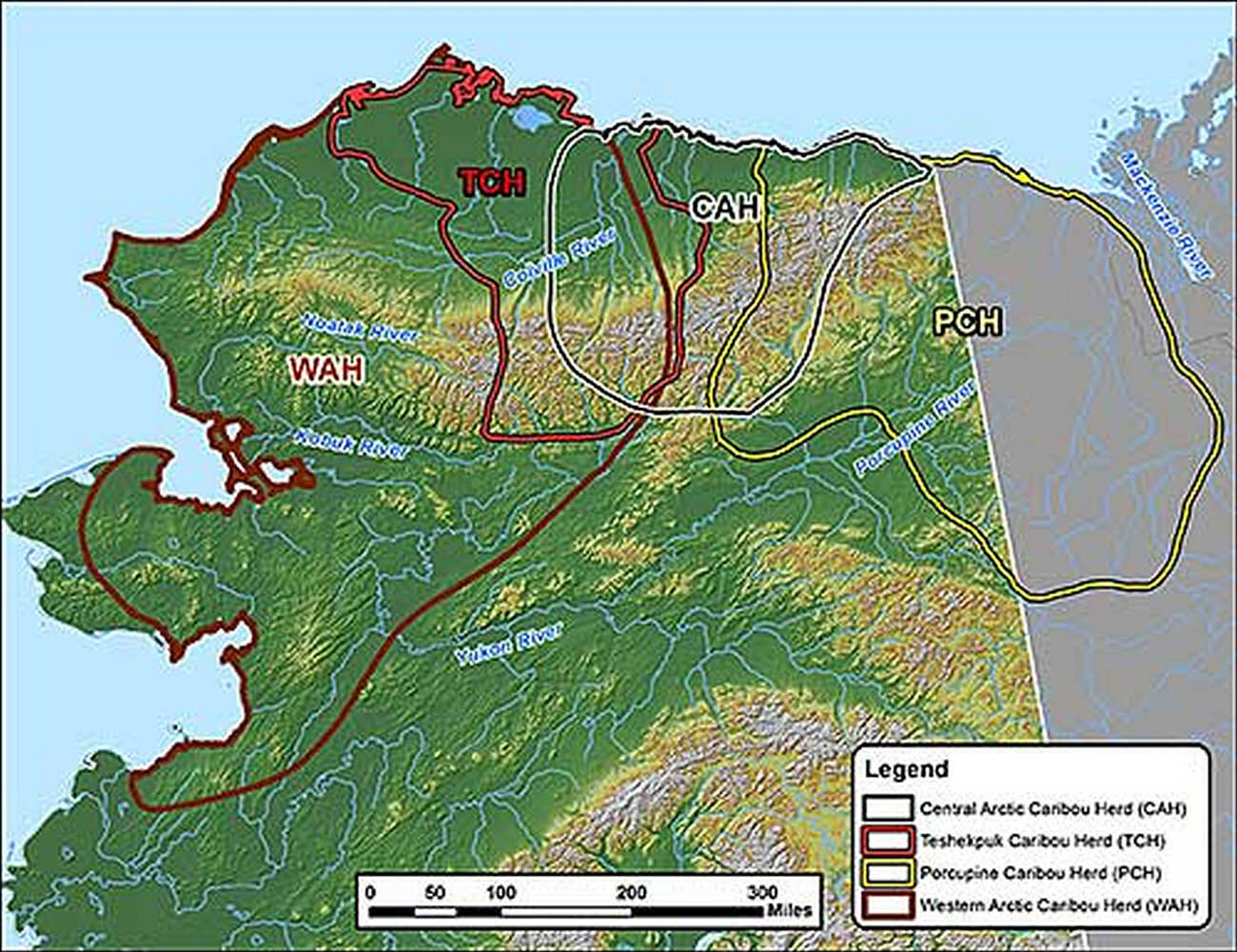
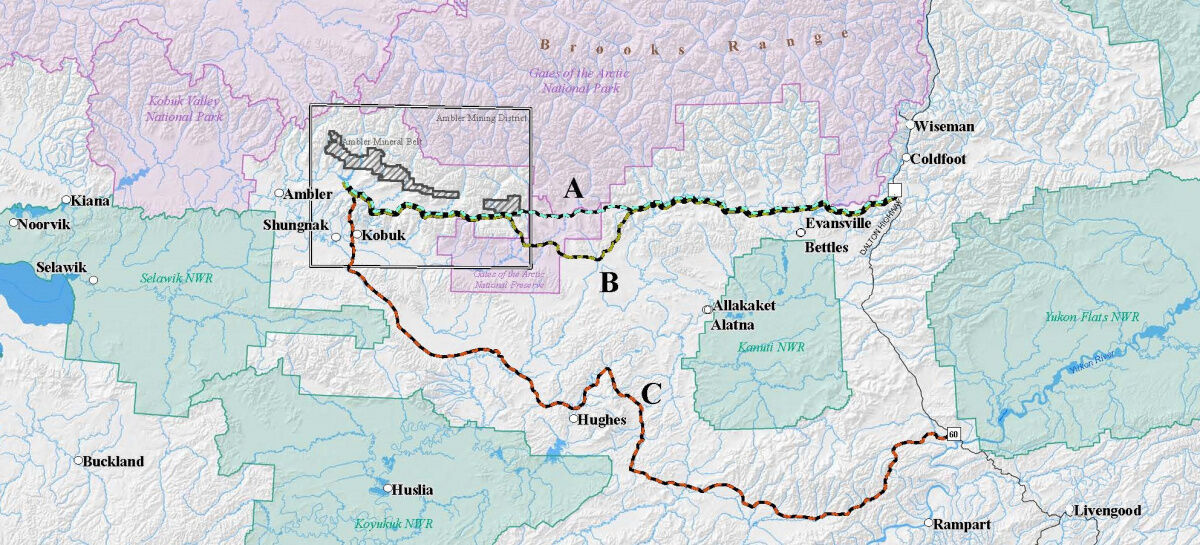

Testimony at various public meetings makes it clear that the impact to this important subsistence resource is a primary concern in a variety of ways. First, there is no east-west road through the Interior of Alaska - anywhere. Caribou migratory routes in this part of the state are north-south, guaranteeing a disturbance and likely diversion of caribou routes. Testimony at federal subsistence meetings shows that when the Dalton Highway was constructed, it diverted historical migration routes of the Central Arctic Caribou Herd.
Second, there is concern that having the road would provide increased access, and thus increased competition, to hunters from outside the area. AIDEA diverts such claims by asserting that the road access will be limited to only the mining companies, asserting it can so restrict access because the road is being built with private, not public funds. However, much of AIDEA's funding for the Ambler Road project comes from State of Alaska general revenue funds ($28 million to date). When the Dalton Highway was first built and operating, it too was restricted from the general public. But this was not entirely effective. First, people got around the restriction by filing "mining claims" that could only be accessed through the road and then using those claims as an excuse to drive on the road - only to go hunting. Second, a lawsuit forced the opening of the road because it had been constructed using public funds.
Numerous local organizations and groups have been vocal in their opposition to the road, from tribal governments to citizen advisory boards.
And then there is the process being employed to rush this project through environmental review. Under Secretarial Order 3355, issued in the early days of the Trump Administration, all environmental reviews of projects pursuant to the National Environmental Policy Act are directed to be completed in one year. The normal review time for large scale projects like the Ambler Road has historically been a minimum of five years.
To further demonstrate its desperation to get this project forced through, the AIDEA held an emergency meeting, with legally insufficient advanced public notice, to force through more funding for the road project, using the COVID-19 pandemic as an excuse. The chair of the AIDEA Board of Directors, Dana Pruhs, cut off testimony before the allotted time. When people protested, it has been reported that he said, "I don't give a shit." The decision was derided as "an affront to the public trust," and wrong given the strong public outcry against the attempt to use the pandemic as an excuse for more funding. Even the Alaska Native Claims Settlement Act (ANCSA) regional corporation that is the landholder in the area, Doyon, Ltd., which is historically pro-development, rebuked the AIDEA decision to fast-track the Ambler Road project, which the AIDEA is pursuing without having obtained rights-of-way across Doyon lands.
To learn more about this issue, I recommend exploring information provided by these organizations:

Alatna River, Gates of the Arctic

Walker Lake and Mount Igikpak, Gates of the Arctic National Park & Preserve
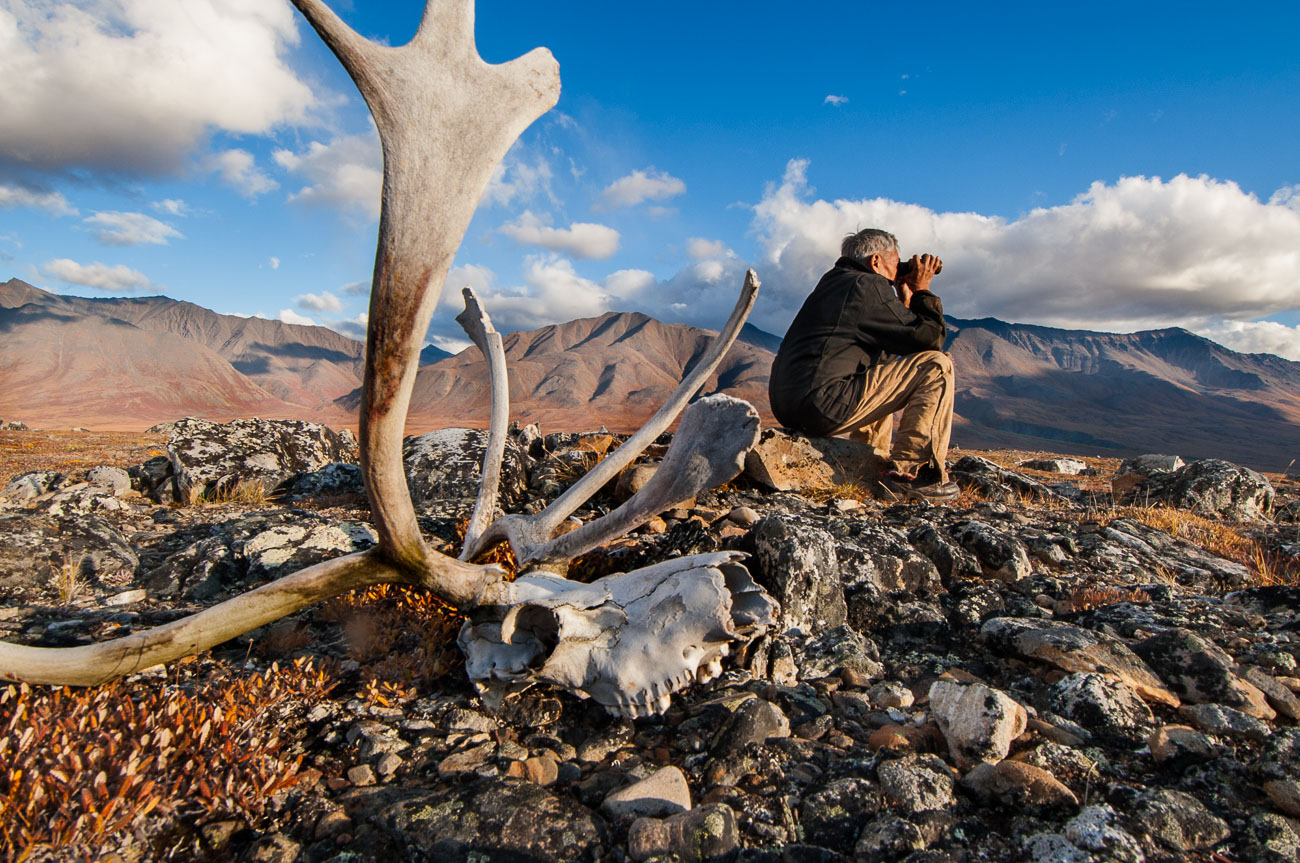
Nunamiut elder Raymond Paneak searches for caribou in the John River valley, Gates of the Arctic

Braided section of Kobuk River in autumn
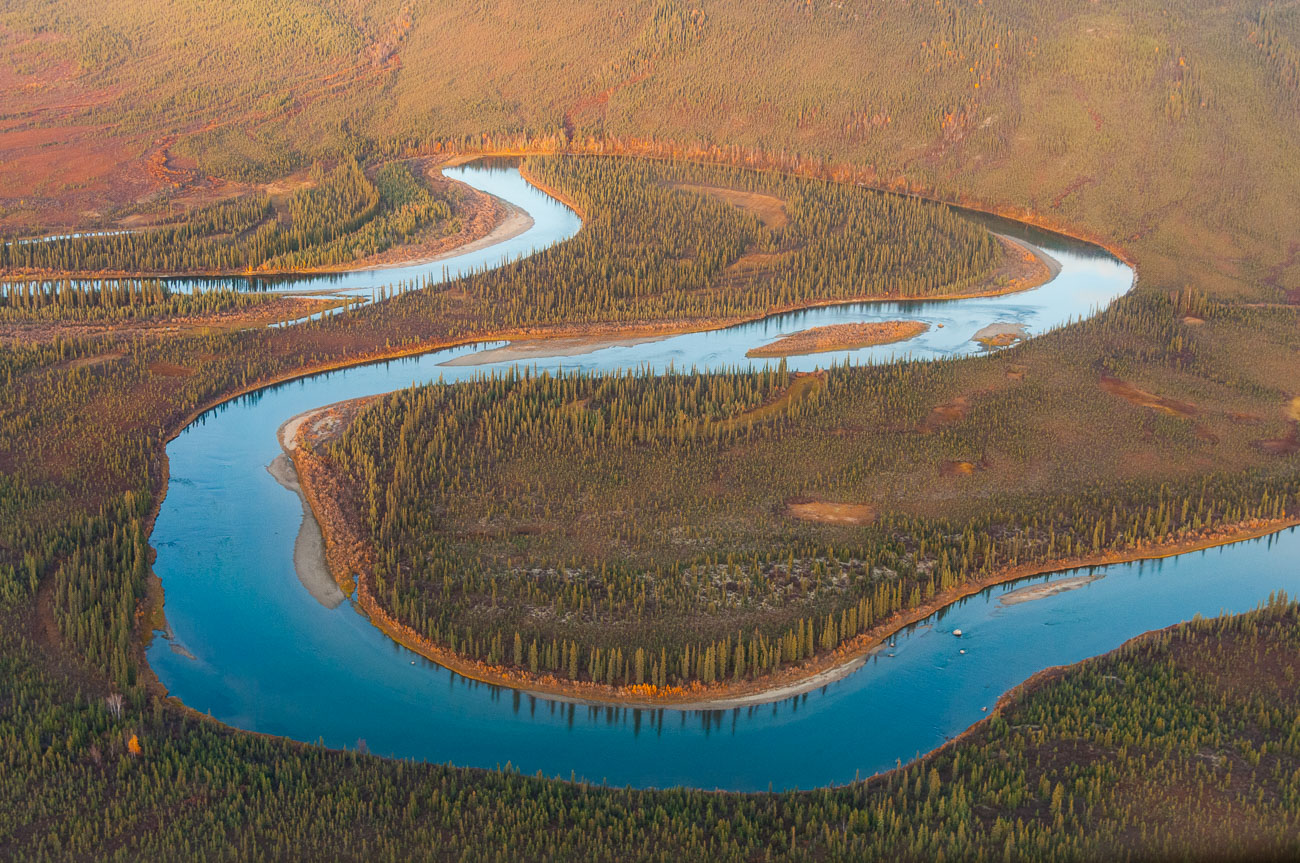
Winding Kobuk River
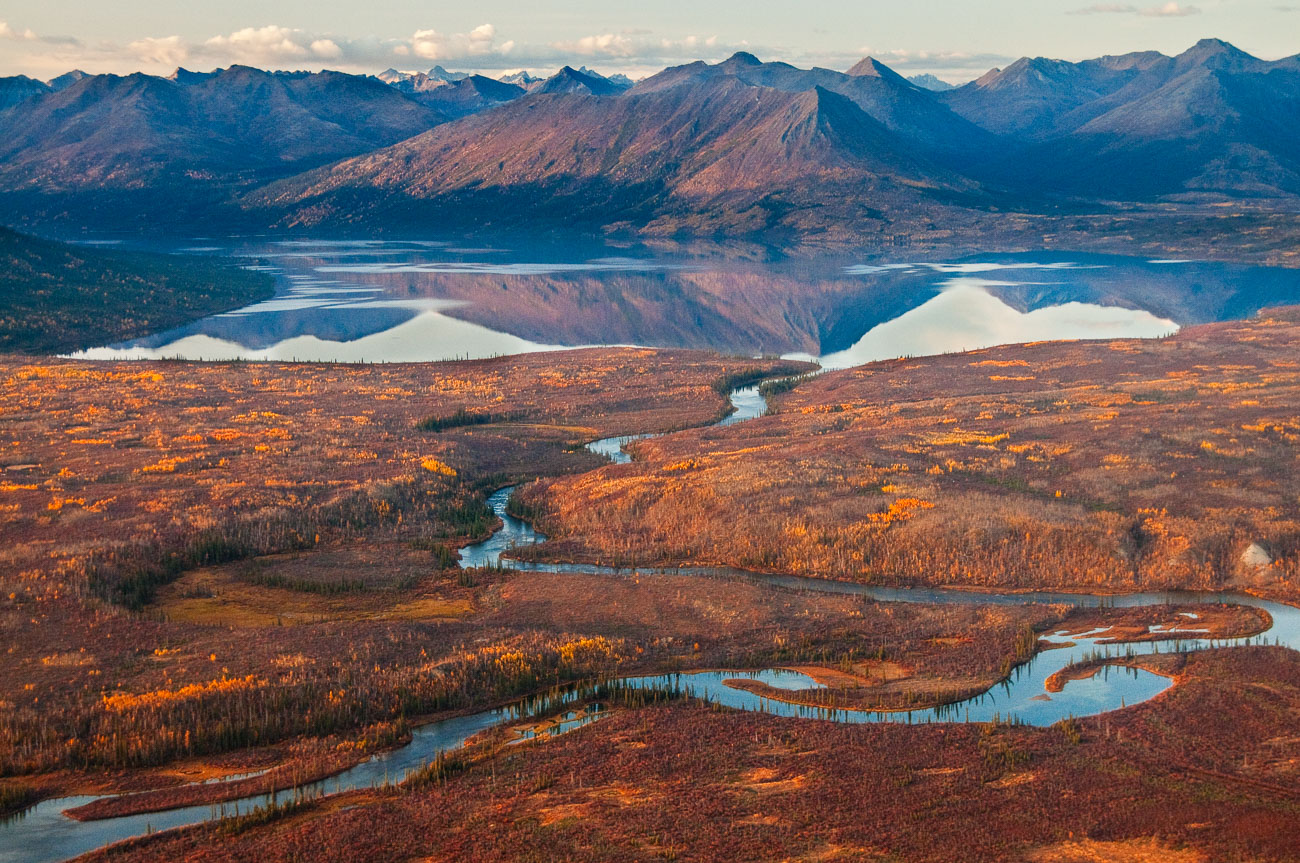
Walker Lake, a National Natural Landmark, and the headwaters of the Kobuk River
